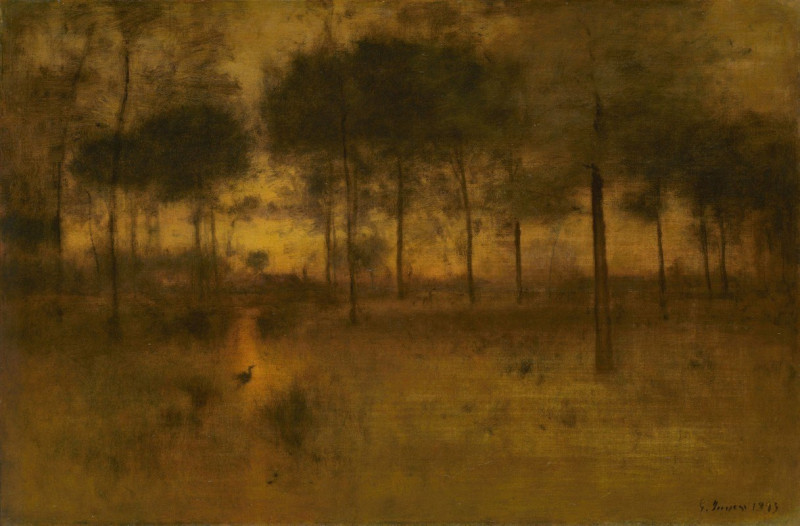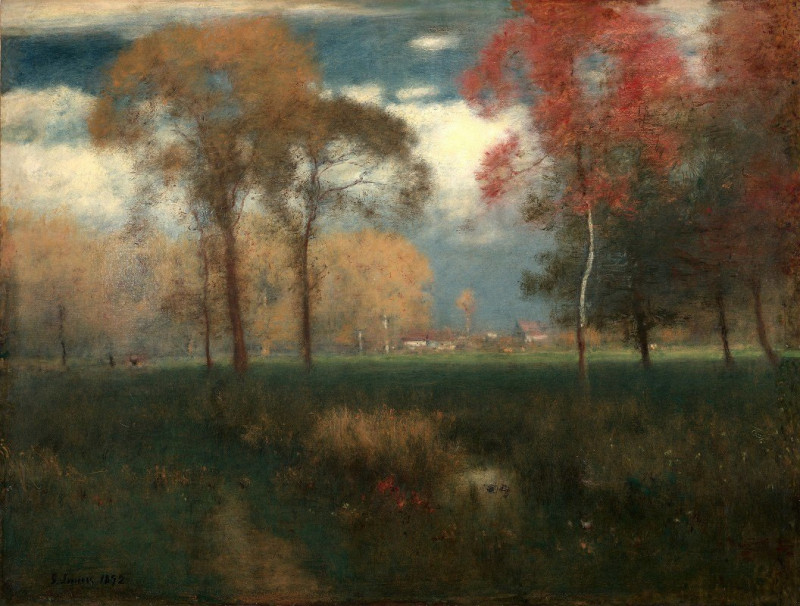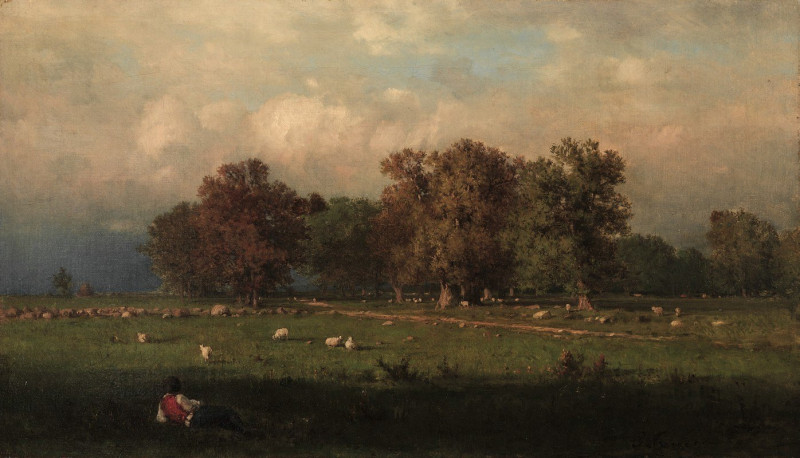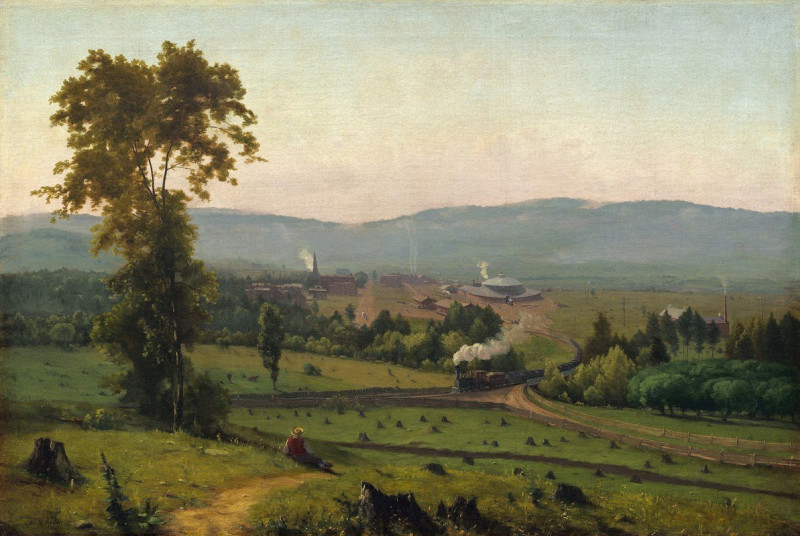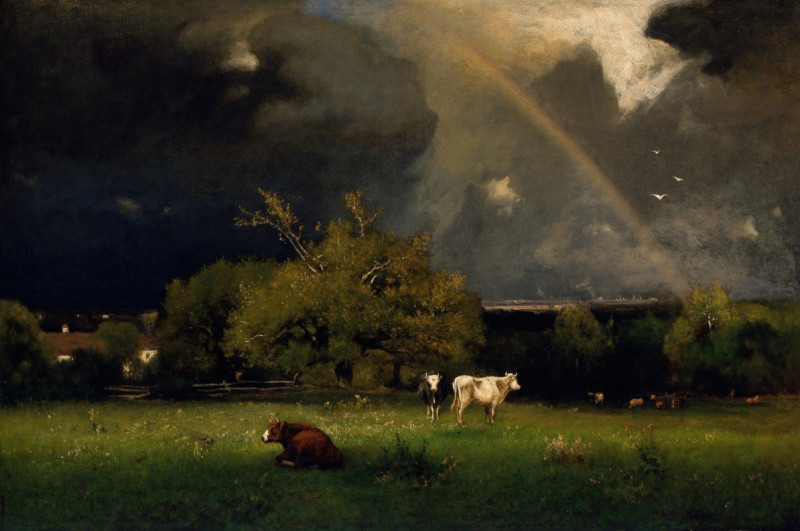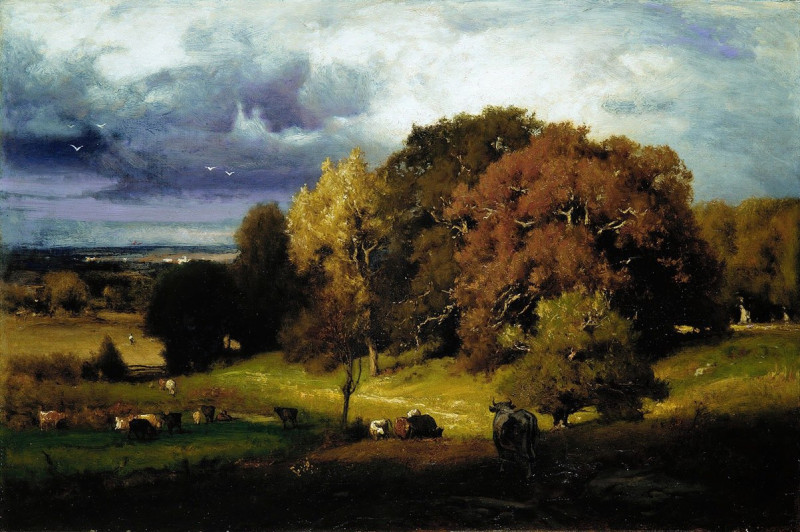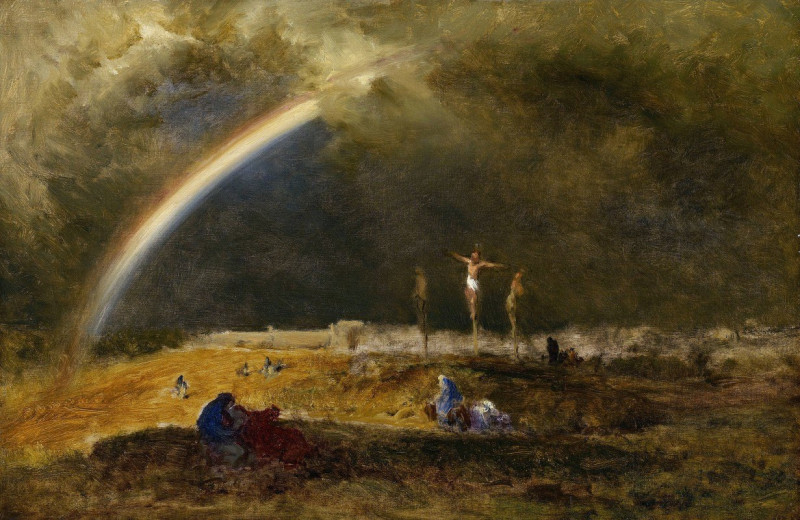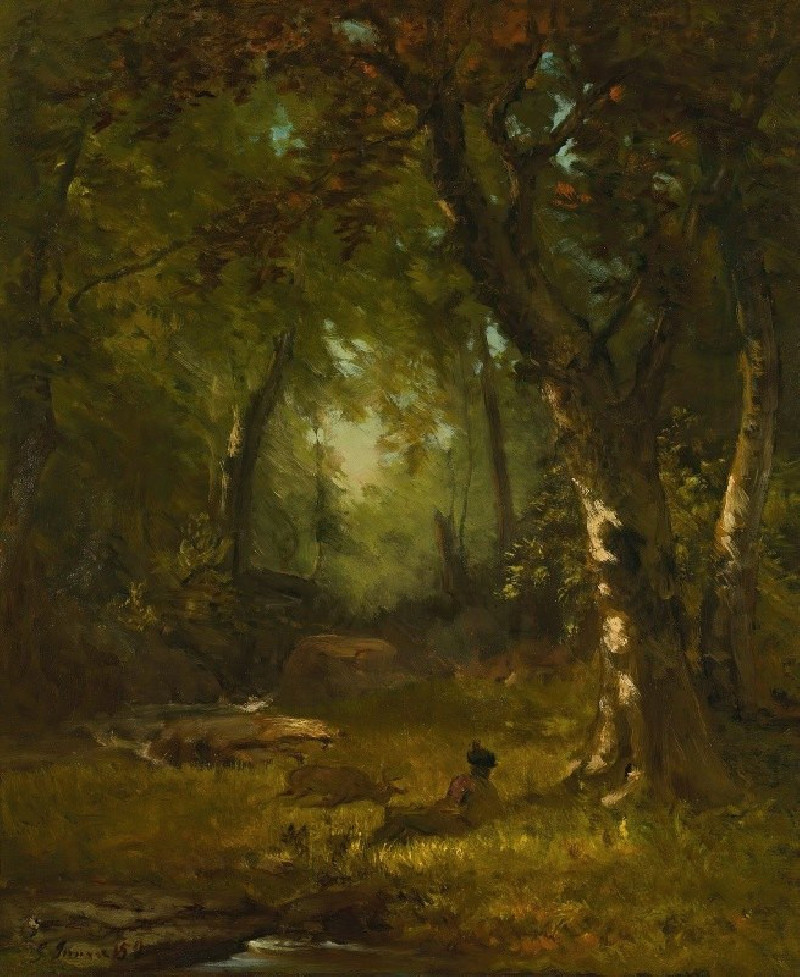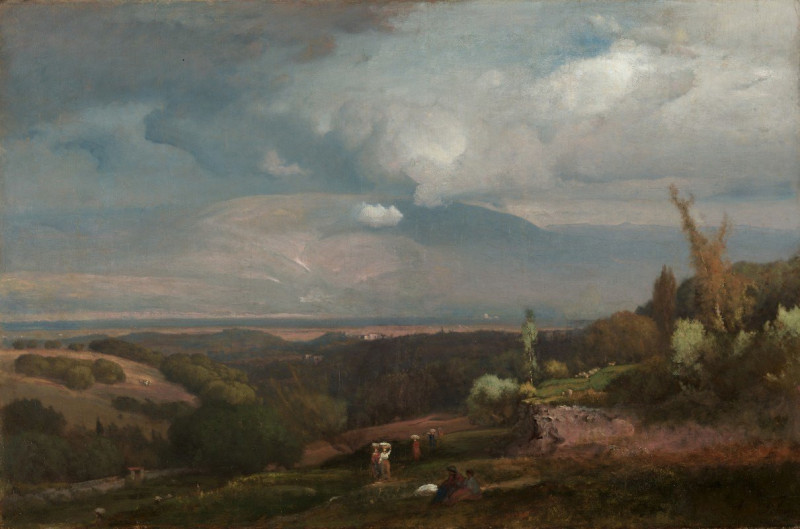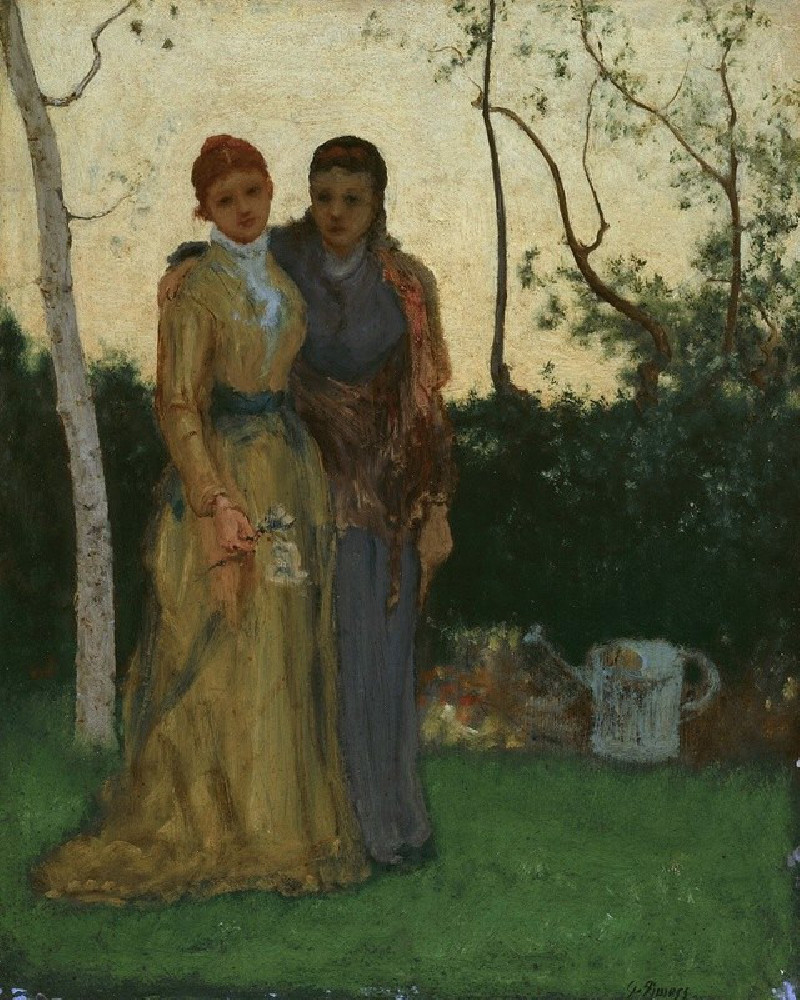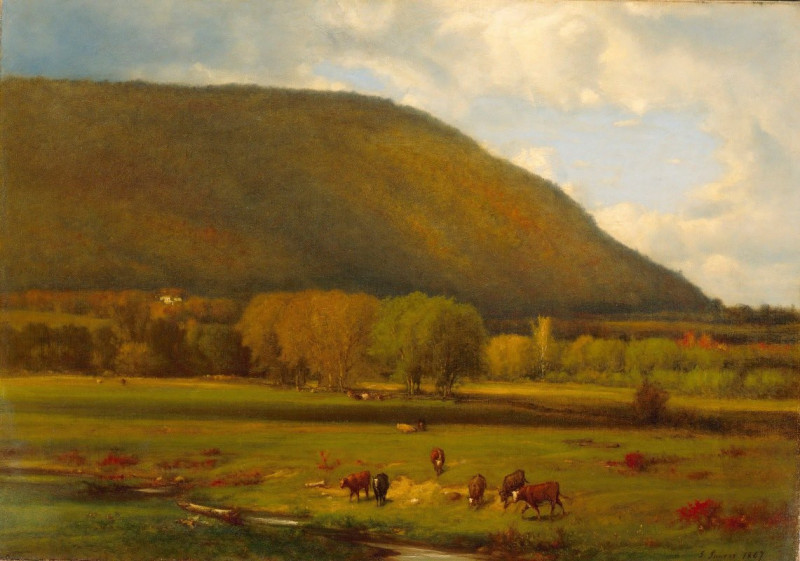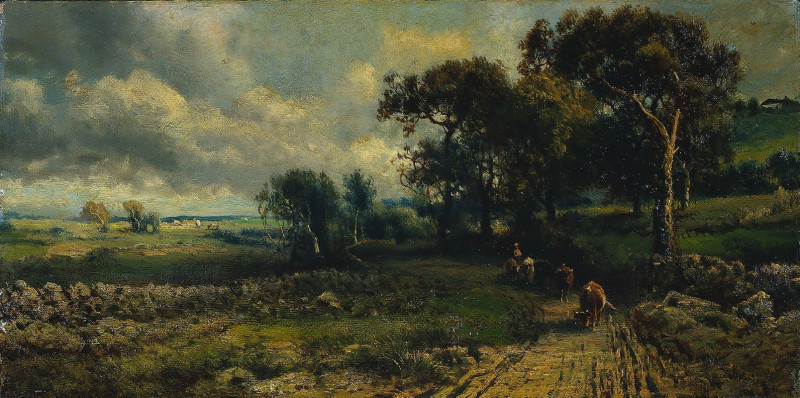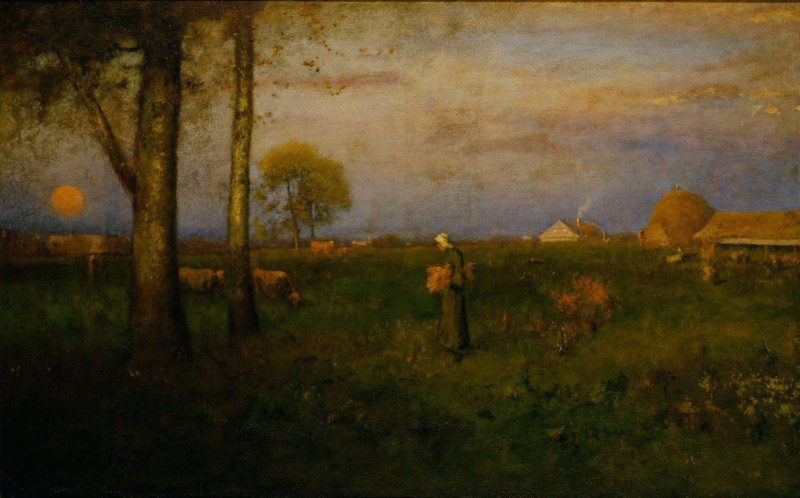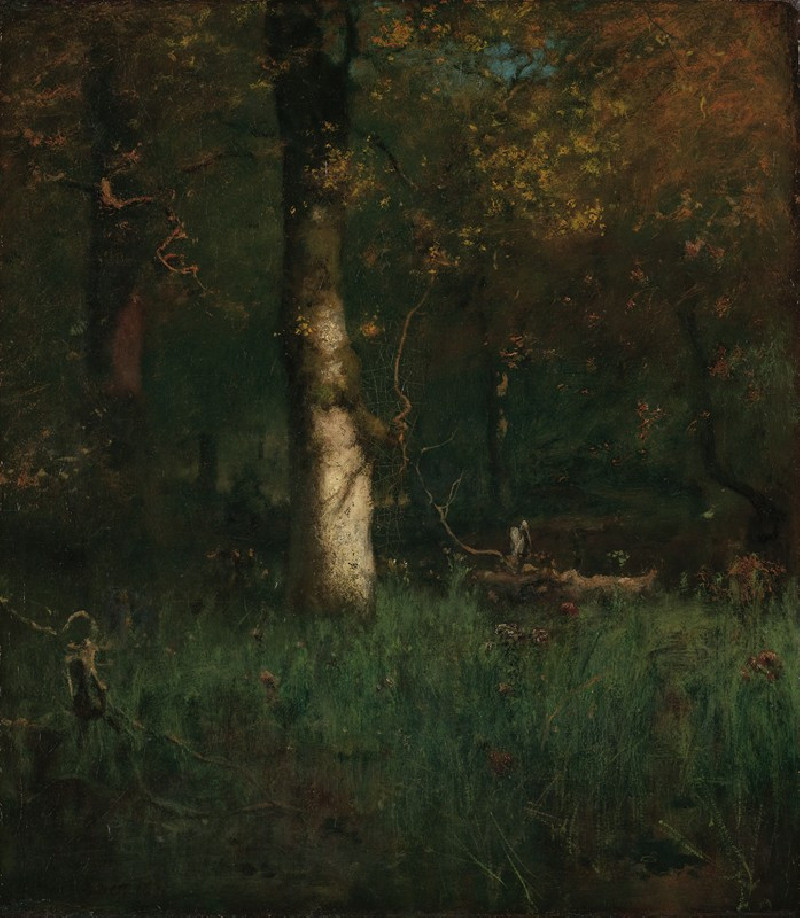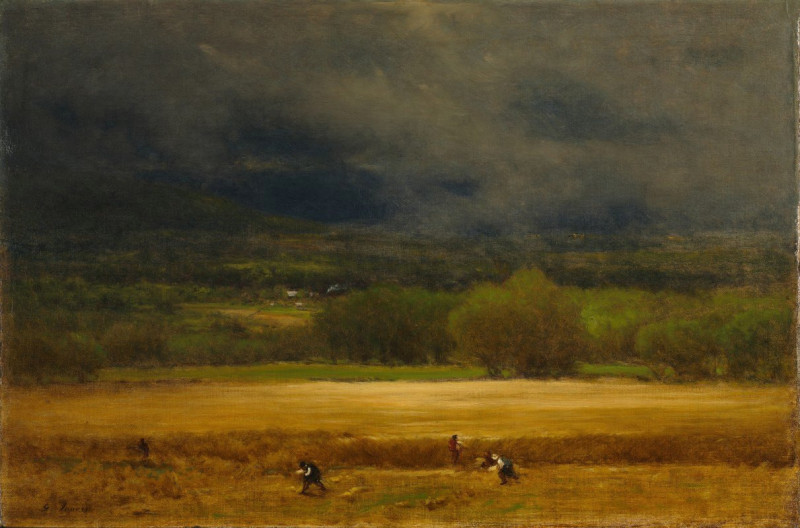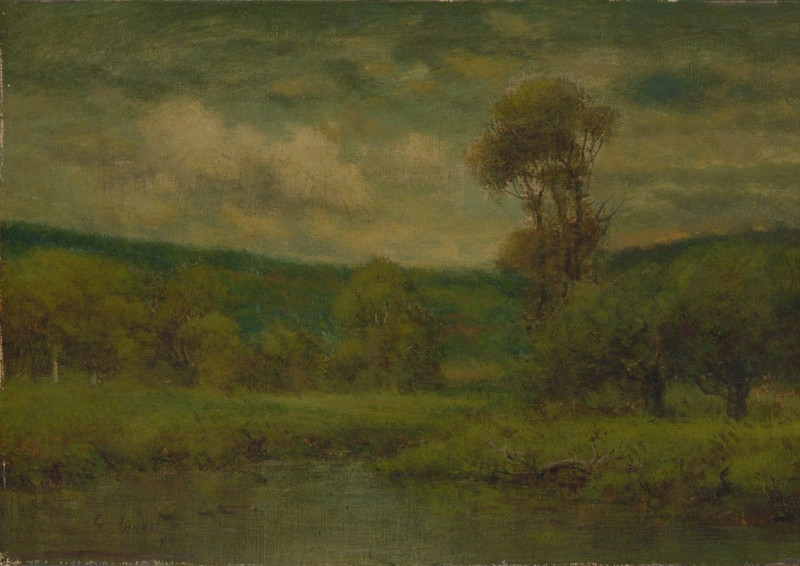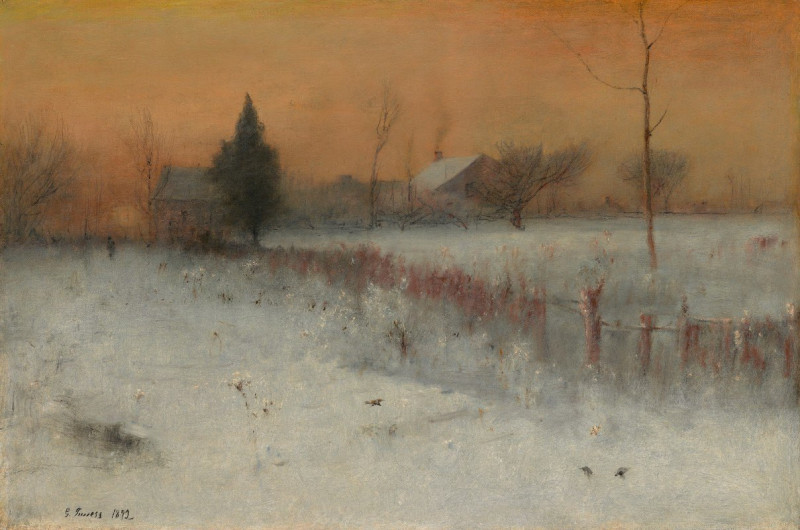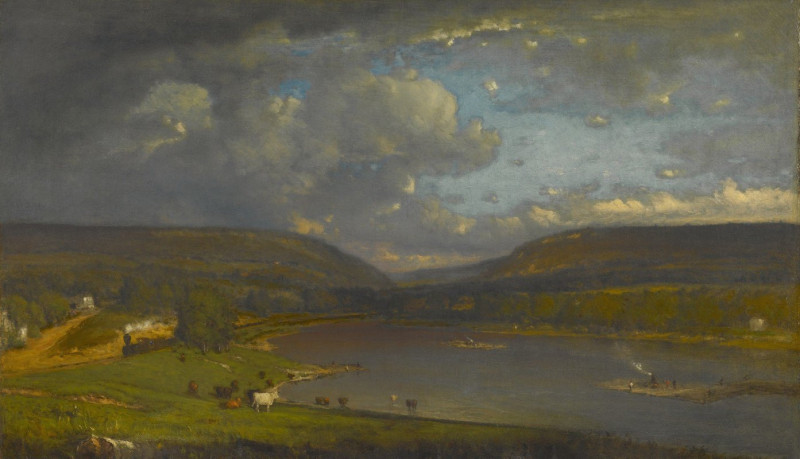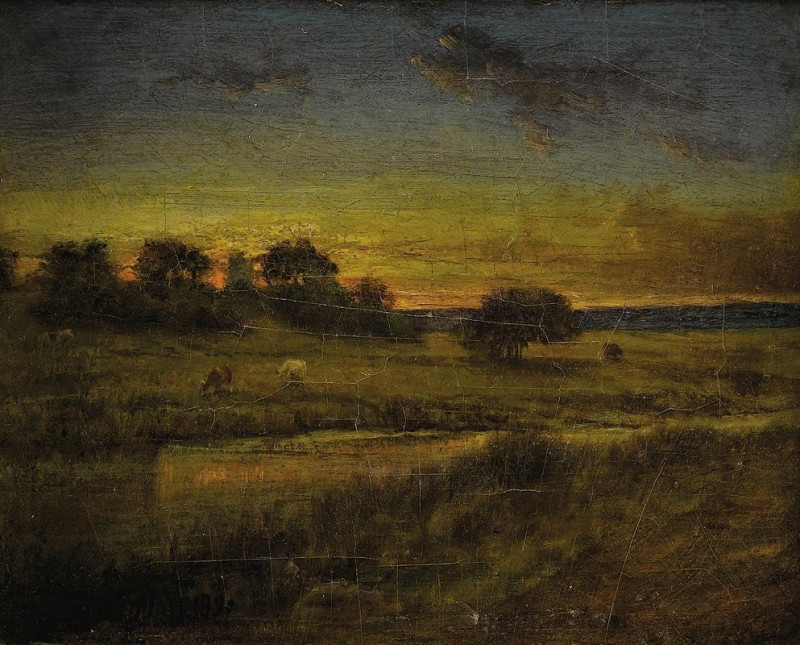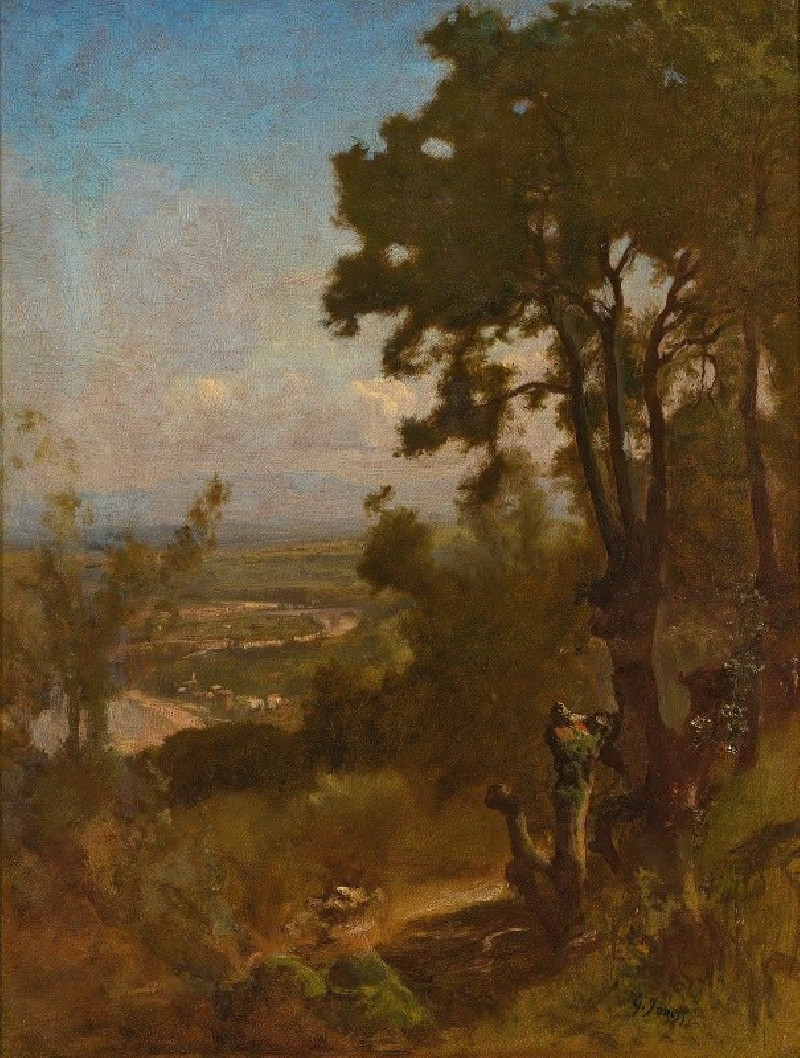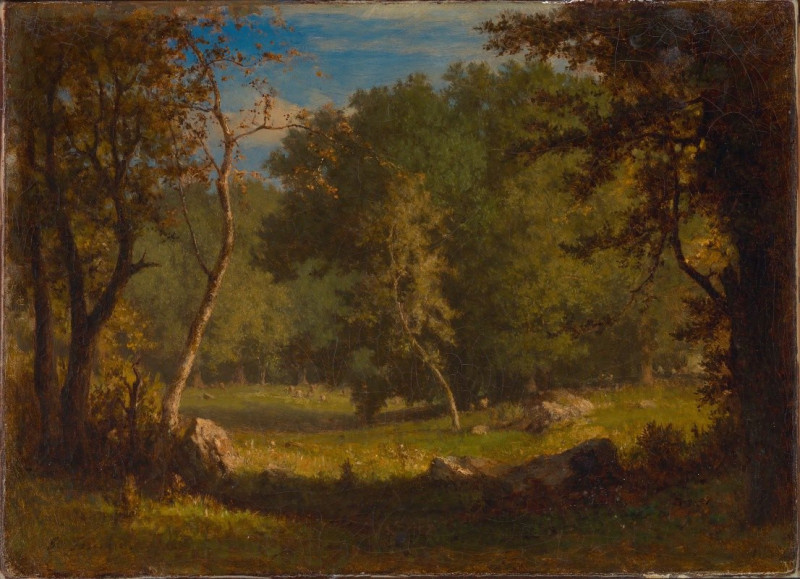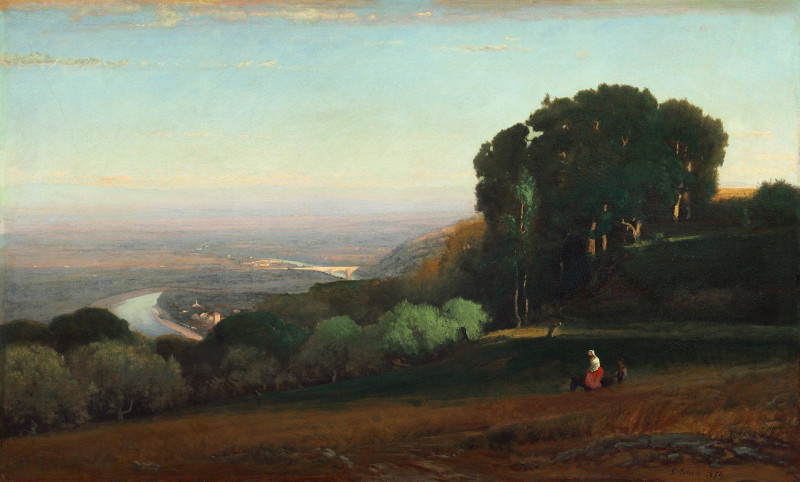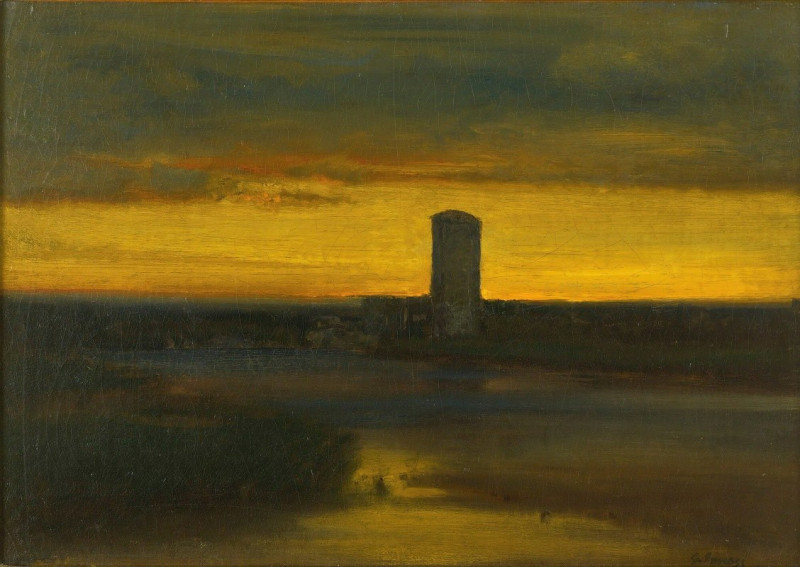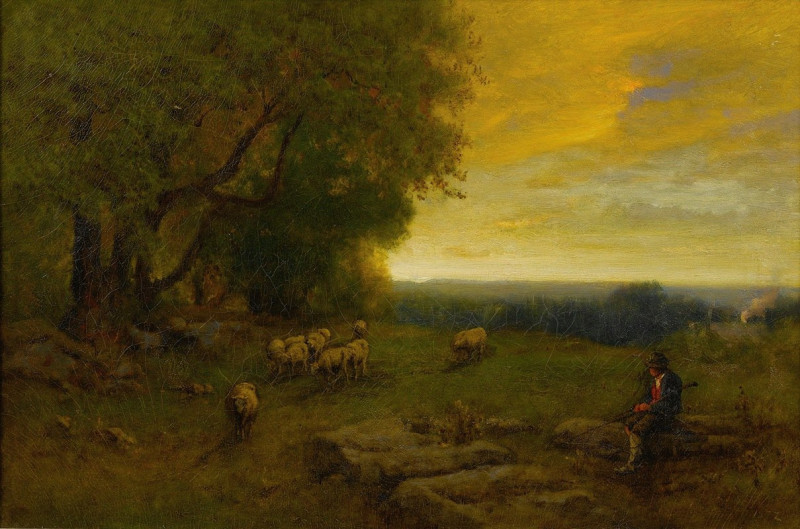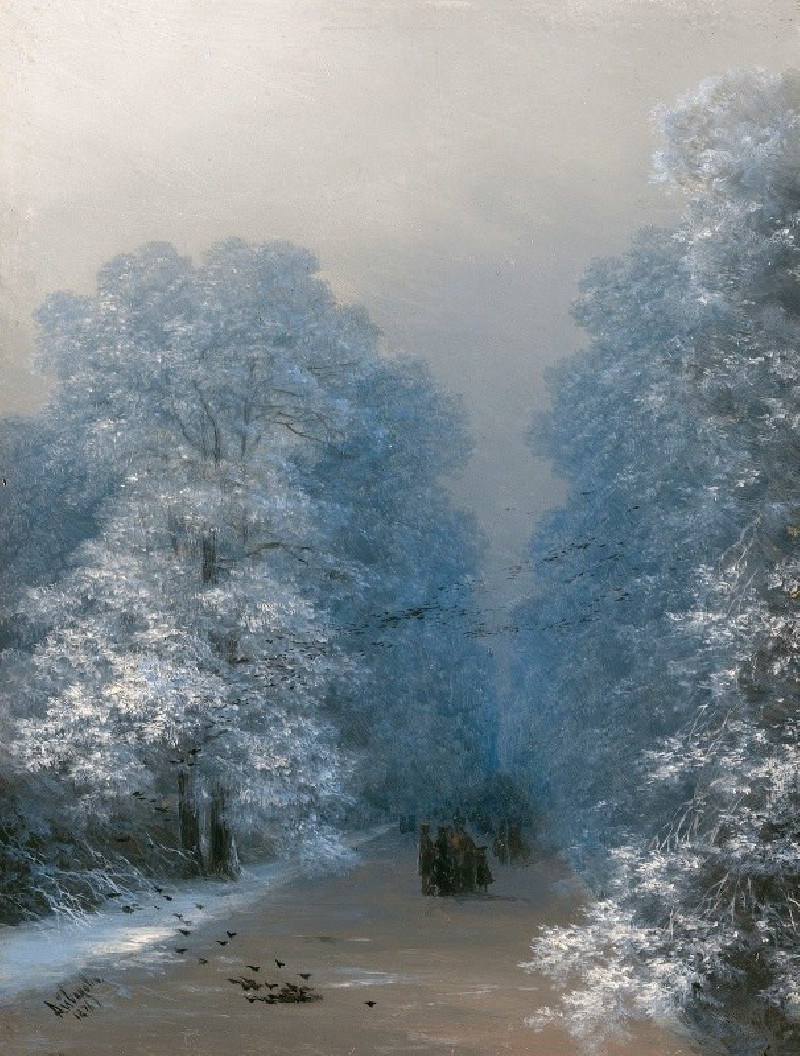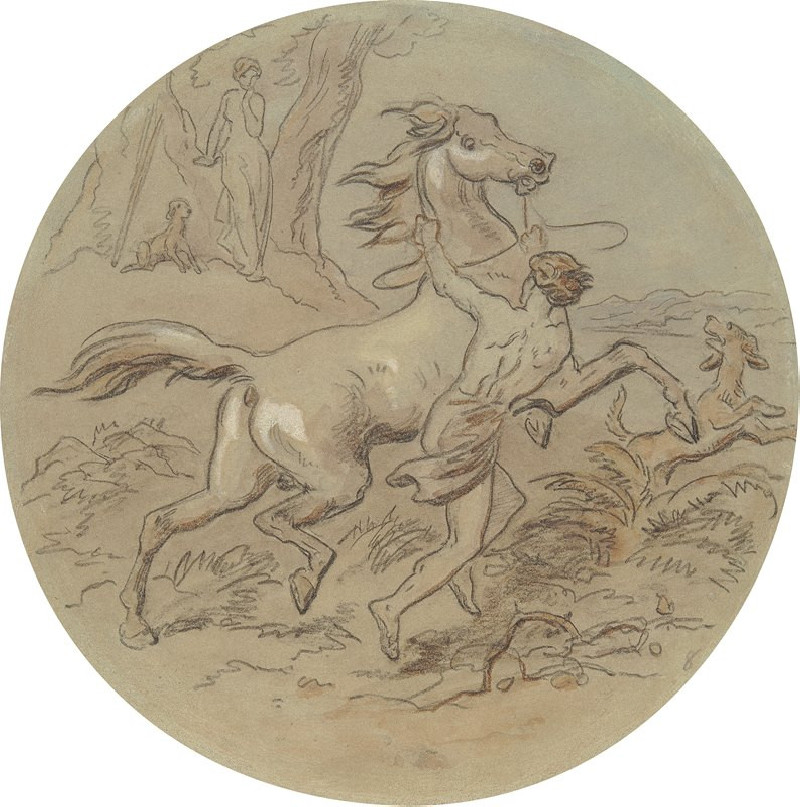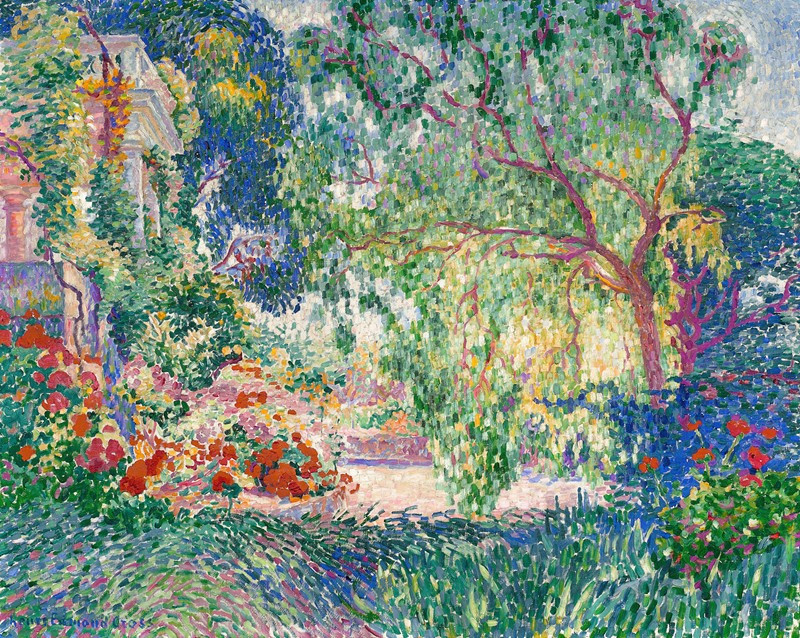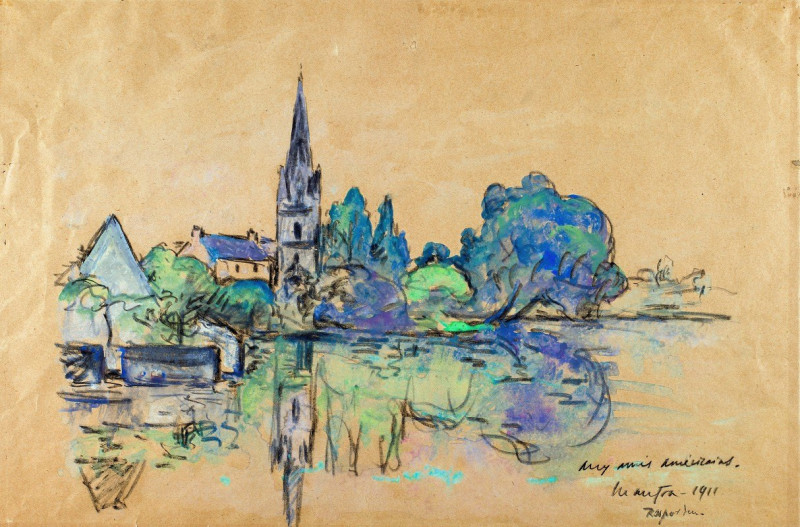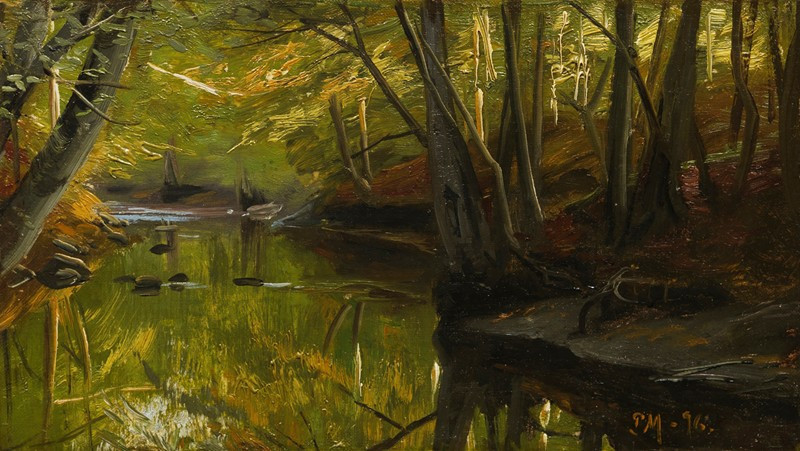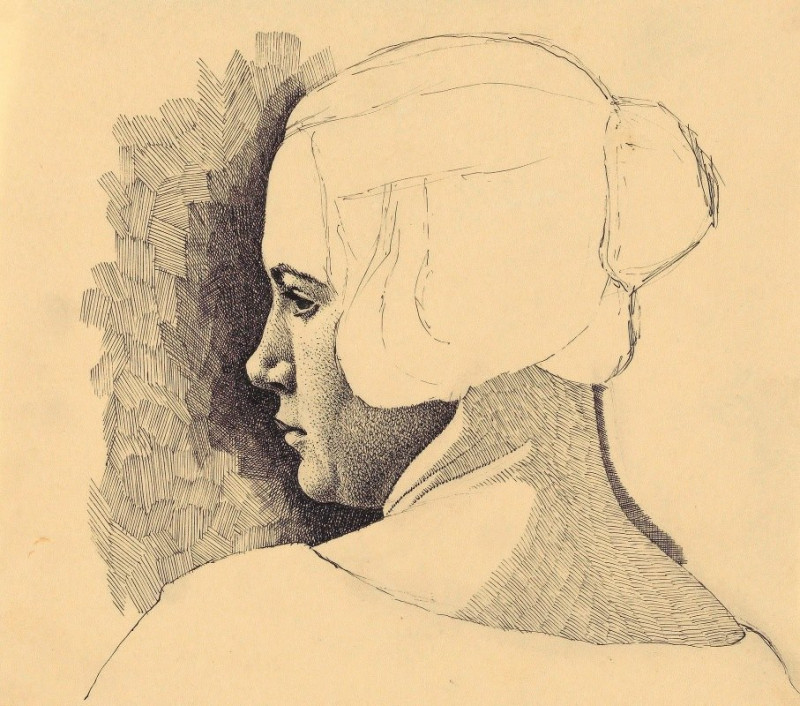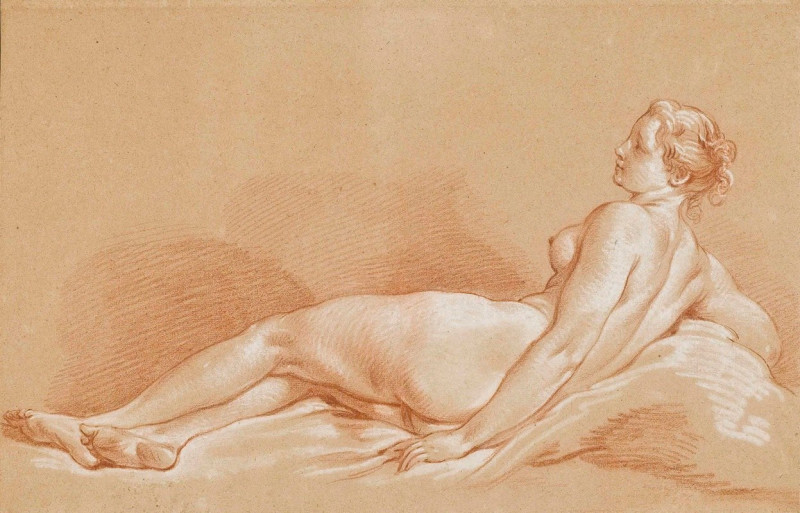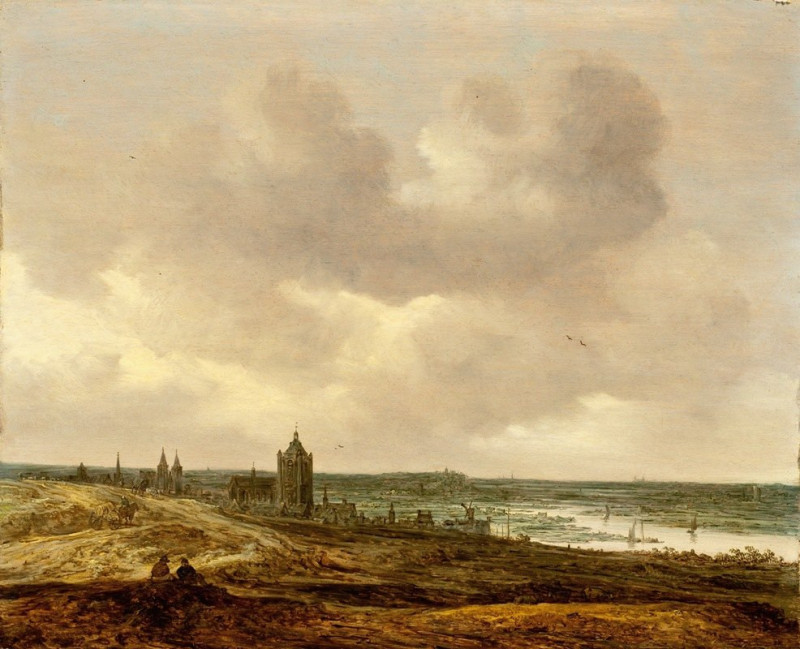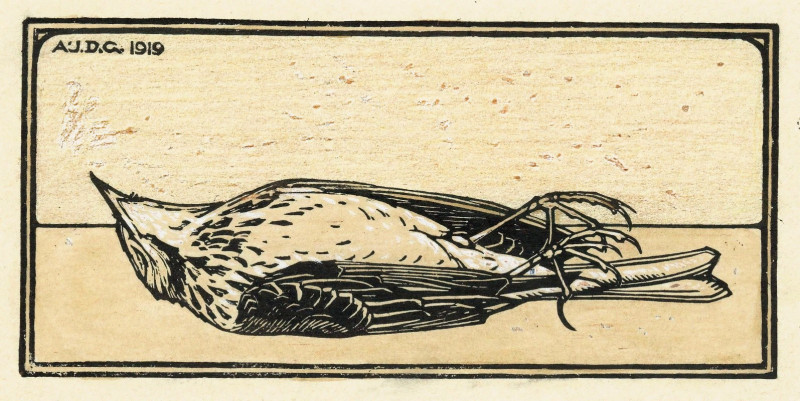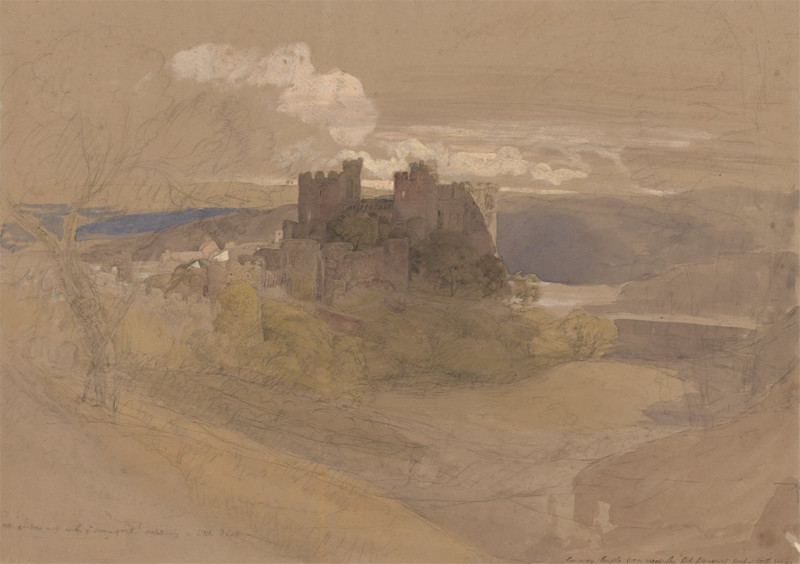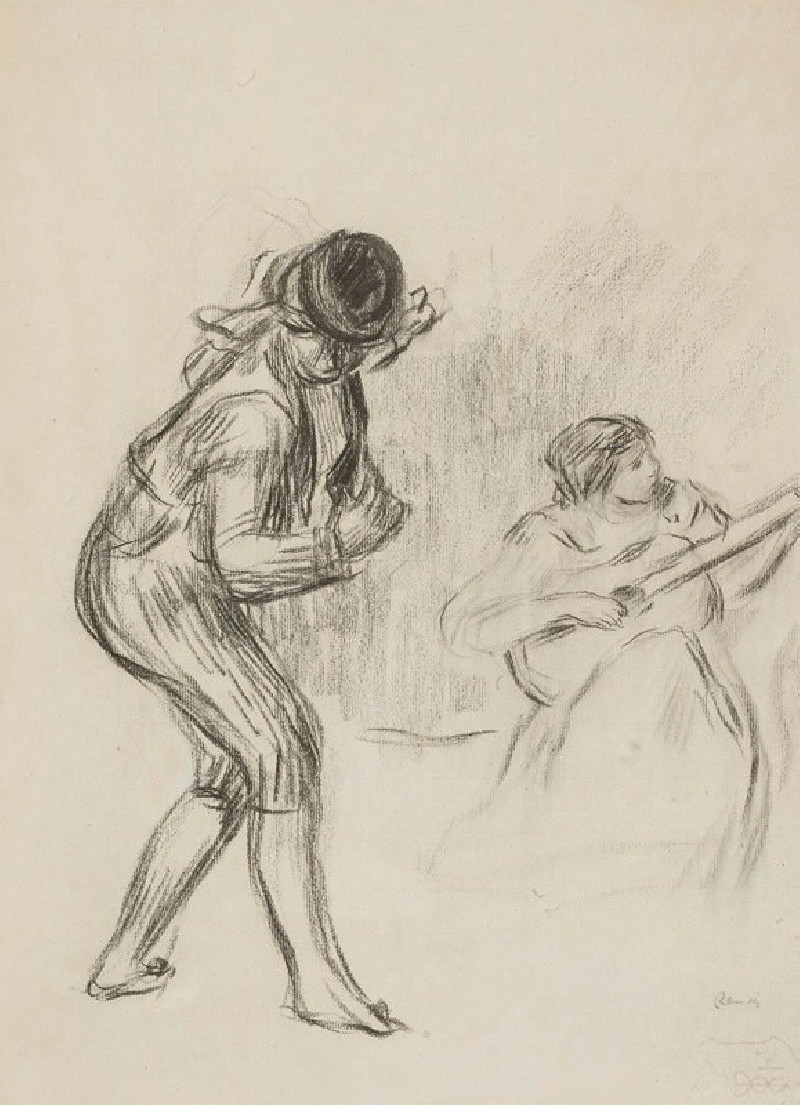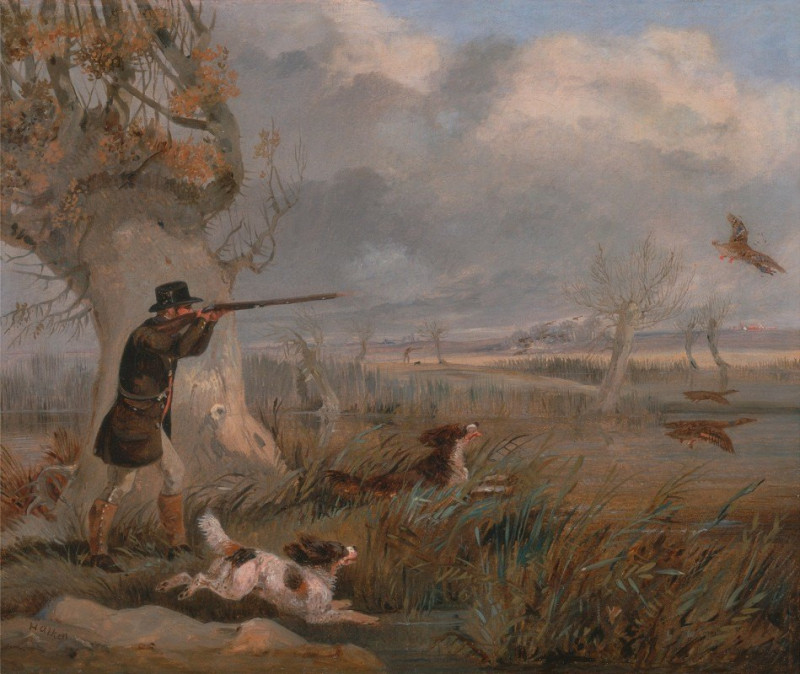The Home of the Heron
Technique: Giclée quality print
Recommended by our customers
More about this artwork
– George Inness, 1893In the contemplative landscape painting titled "The Home of the Heron" by George Inness, an enchanting sense of serene mysticism pervades through the canvas. Painted in 1893, this work exemplifies Inness's mature style, characterized by a deeply personal and spiritual approach to nature.The scene is suffused with a golden, almost ethereal light that seems to emanate from beyond the horizon, casting a warm glow over the landscape. This celestial light, illustrating either a setting sun or a rising moon, bathes the scene in shades of amber and gold, creating a dream-like atmosphere.In the foreground, a lone heron stands quietly along a narrow water trail, perhaps a creek, which reflects the fading light, adding a kind of sacred luminescence to the painting. Around the heron, the land is rendered in soft browns and muted greens, suggesting a tranquil marshland. Silhouetted against the glowing sky, sparse tall trees rise, their forms blurred and almost merging with the atmosphere, enhancing the feeling of a mystical union between earth and sky.Inness's brushwork is loose and expressive, allowing colors and forms to blend softly into each other, a technique that invites viewers to experience the landscape more through emotion than through detailed representation."The Home of the Heron" not only captures the physical beauty of a twilight scene but also evokes a profound spiritual resonance, inviting reflection on the harmony and serenity of the natural world.
Delivery
Returns
George Inness (May 1, 1825 – August 3, 1894) was a prominent American landscape painter.
Now recognized as one of the most influential American artists of the nineteenth century, Inness was influenced by the Hudson River School at the start of his career. He also studied the Old Masters, and artists of the Barbizon school during later trips to Europe. There he was introduced to the theology of Emanuel Swedenborg, which was significant for him; he expressed that spiritualism in the works of his maturity (1879–1894).

